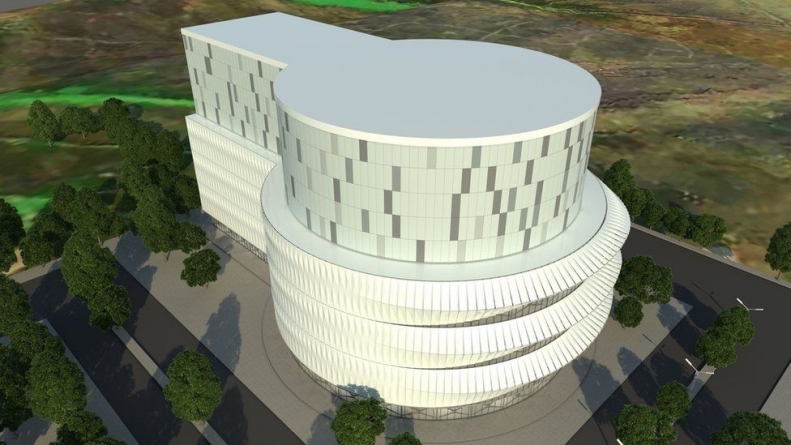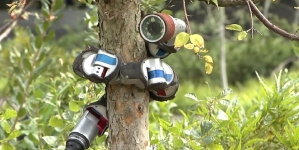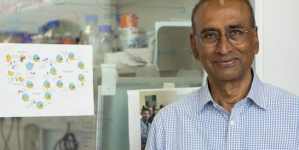-
CANBERRA: India-Australia partnership aims to bridge skill gap for future employment - April 15, 2024
-
HOUSTON: Mumbai boys in the final rounds of FIRST World Robotics competition to be held in Houston - April 14, 2024
-
MADRAS: IIT Madras NPTEL translates thousands of technical courses into several regional languages - April 10, 2024
-
MUMBAI: Shahid Kapoor opens up about the challenges faced by character actors in Bollywood - April 8, 2024
-
NEW DELHI: World Health Day 2024: Date, Theme, History, Significance and Interesting Facts - April 6, 2024
-
LONDON: Indian-Origin Teen In UK Gets “Life-Changing” Cancer Treatment - April 3, 2024
-
BENGALURU: Indian scientists unravel genetic secrets behind lumpy skin disease outbreak - March 30, 2024
-
NEW DELHI: Youngsters’ Increasing Stress Levels, Early Onset of Diseases an Alarming Health Trend: Apollo Hospitals Chief - March 28, 2024
-
MARYLAND: All About Pavan Davuluri, New Head Of Microsoft Windows - March 27, 2024
-
MUMBAI: Pyaar Kiya To Darna Kya turns 26: Kajol says THIS was the symbol of an innocent girl back then - March 27, 2024
LONDON: Nuclear fusion: Five sites shortlisted for UK energy plant
LONDON: Five sites in England and
Scotland are in the final running to be the home of the UK’s prototype fusion
energy plant.
The
government is backing plans for the Spherical Tokamak for Energy Production
(Step) with a final decision on its location expected at the end of 2022.
It would
create thousands of jobs and aim to generate a “near-limitless”
source of low-carbon energy, the UK Atomic Energy Authority (UKAEA) said.
The plant
should be operational by the early 2040s, a spokesman said.
The five
shortlisted sites are:
- Ardeer, North Ayrshire
- Goole, East Riding of
Yorkshire - Moorside, Cumbria
- Ratcliffe-on-Soar,
Nottinghamshire - Severn Edge, Gloucestershire
They were
whittled down from a longlist of 15 sites, which included Chapelcross near
Annan, Pembroke in Pembrokeshire and Bridgwater Bay in Somerset.
George
Freeman, minister for science, research and innovation, said: “Fusion
energy has the potential to be a truly revolutionary and inexhaustible energy
source that can help us reduce our dependence on unreliable fossil fuels and
tackle climate change.
“By
building the foundations to unlock the power of fusion energy, including the
location of the UK’s first prototype fusion power plant, we are positioning the
UK as a global leader in this safe and sustainable power source.”
Paul
Methven, Step programme director at UKAEA, said: “Through the next phase
of assessment, we look forward to working with the shortlisted sites and local
communities to gain a more in-depth understanding of the socio-economic,
commercial and technical conditions associated with each site, before we make
our final recommendations to the secretary of state in 2022.”
The
government has pledged £222m for the Step programme so far and invested a
further £184m at new fusion facilities at Culham Science Centre near Oxford and
at Rotherham, South Yorkshire.
Earlier
this month the government published a green paper on the future of fusion
energy regulation and a separate fusion strategy.
What is fusion?
It is the
opposite of standard nuclear reactors which rely on fission, the breaking apart
of atoms.
Fusion is
viewed as safe and clean but has so far proved difficult to harness.
Critics
have said there are still huge hurdles to overcome and some experts believe
existing, proven renewable technologies offer a more economical and timely way
of tackling climate change.
























